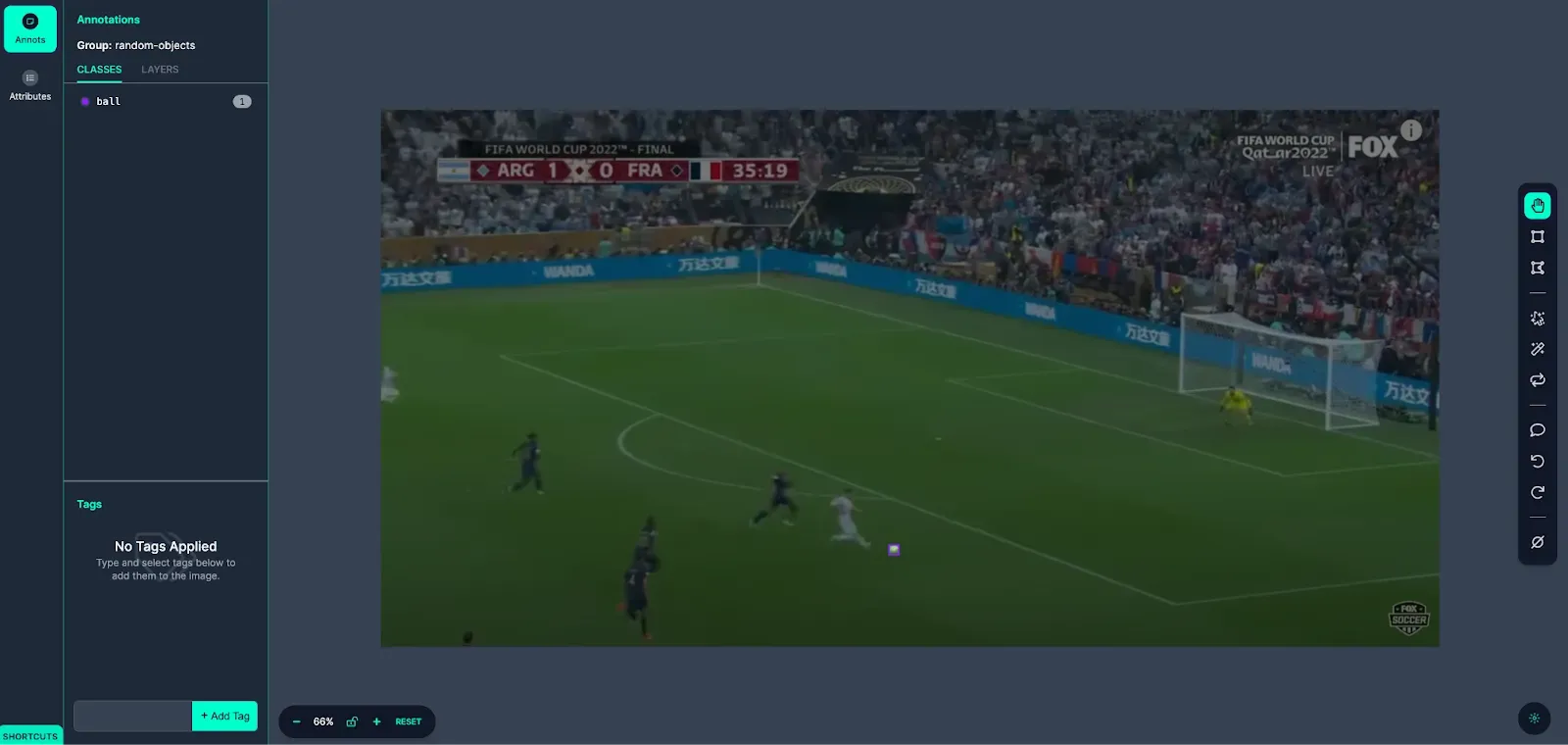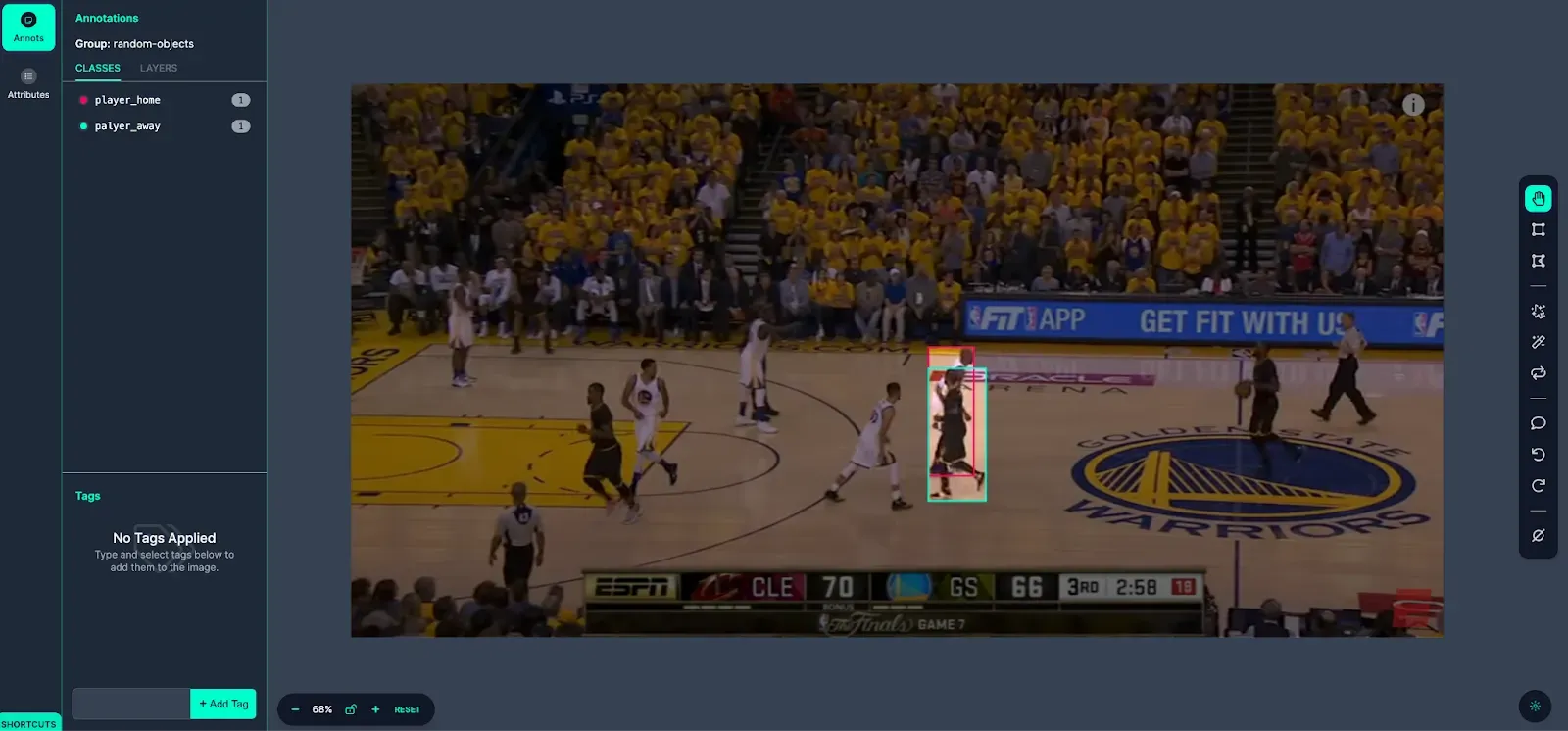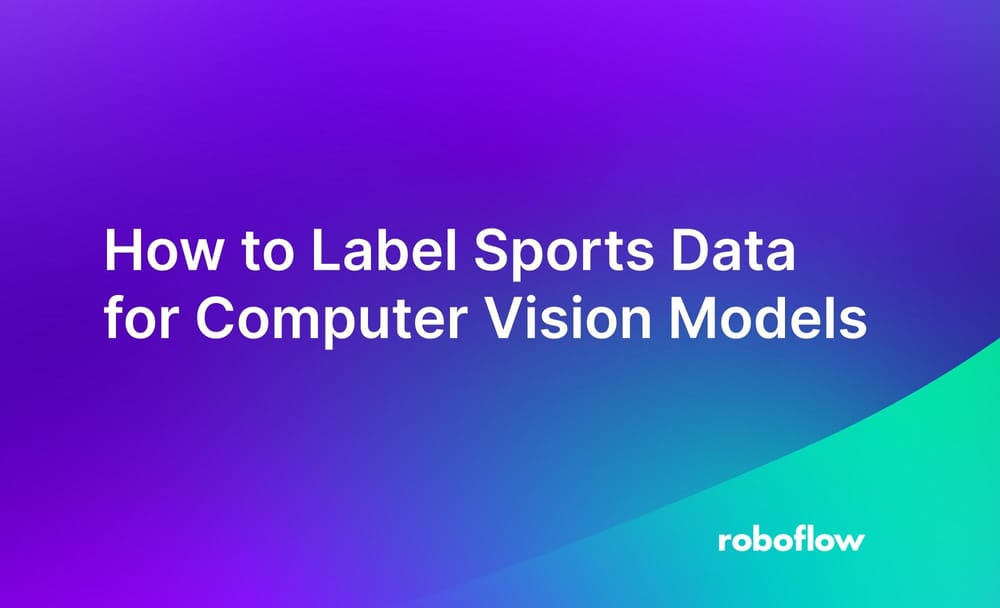Computer vision has many applications in sports. In football, for example, you can track where players are on the field and how their positioning changes. In tennis, you can track whether a ball is in and out according to where it lands. But, you may be wondering: how can I label data for my sports computer vision model to get the best performance?
When labeling different kinds of sports data, captured either in person or from a broadcast, there are several considerations to keep in mind, from labeling with tight bounding boxes to properly managing your ontology.
In this guide, we are going to discuss how to label sports images for use in training a computer vision model. Without further ado, let’s get started!
Label with tight bounding boxes
Computer vision models are built to recognize patterns of pixels corresponding to the objects we have trained them on. With sports data, particularly sports where there is a ball that we are trying to track, it is essential that we tightly label the objects of interest so that we teach the computer vision model to recognize the few pixels that we have to work with.

Label occluded objects
It is a best practice to label objects when they are occluded as if they were fully visible. Objects are considered occluded when they are partially blocked or out of view.

Use good class names
If you are looking to capture multiple attributes of an object, the naming convention of your classes will play a key role in making your data usable.
For example, let’s say you are labeling players from Team Red as player_red and Team Blue as player_blue. These classes will allow us to train a model to identify players from Team Red and players from Team Blue.
However, if you just want to train a model to identify players irrespective of their team, you can merge the classes via the preprocessing step Modify Classes to override both classes names to player.
Ensure your training data is similar to the data you will be capturing in production
For a computer vision model to perform well in production, it must be used on visual inputs similar to the data it was trained on. For example, if you are planning on deploying a model to capture sideline footage of a football game but the model was training on footage from a TV broadcast, the model will not perform as well as it could.
For additional considerations when annotating computer vision data more broadly, explore our guide on labeling best practices.
Curate Datasets with Roboflow’s Professional Labelers
Through Roboflow’s Outsource Labeling service, you can work directly with professional labelers to annotate projects of all sizes. Roboflow manages workforces of experts who are trained in using Roboflow’s platform to curate datasets faster and cheaper.
The first step in getting started with Outsource Labeling is to fill out the intake form with your project’s details and requirements. From there, you will be connected with a team of labelers to directly work with on your labeling project(s).
When working with professional labelers, clearly documenting your instructions is an essential part of the process. We often see that the most successful labeling projects are the ones in which well documented instructions are provided upfront, a period of initial feedback takes place with the labelers regarding an initial batch of images, and then the labeling volume is significantly ramped up. Read our guide to writing labeling instructions for more information about how to write informative instructions.
As part of the Outsource Labeling service, you will also be working with a member of the Roboflow team to help guide your labeling strategy and project management to ensure you are curating the highest quality dataset possible.

